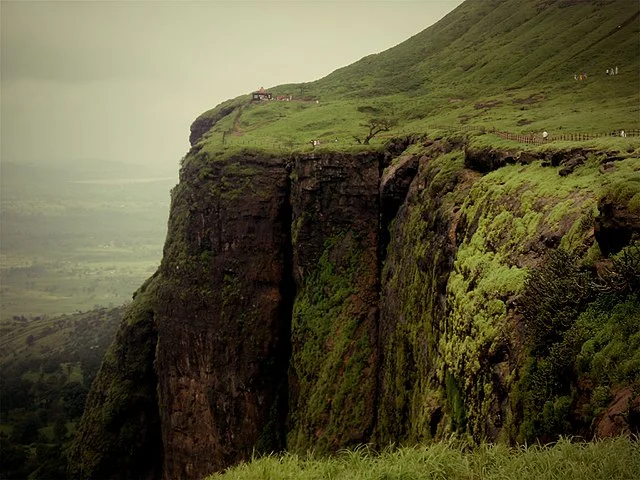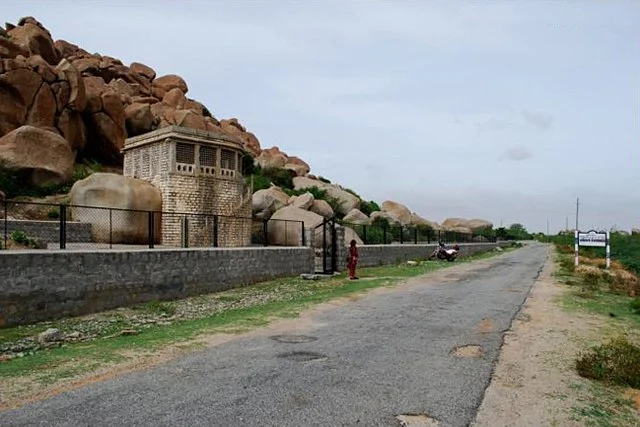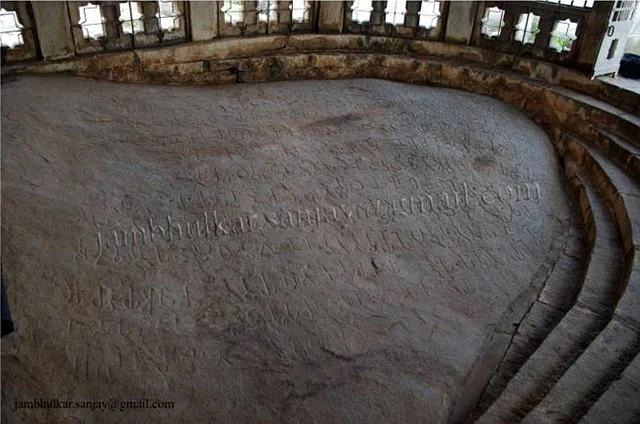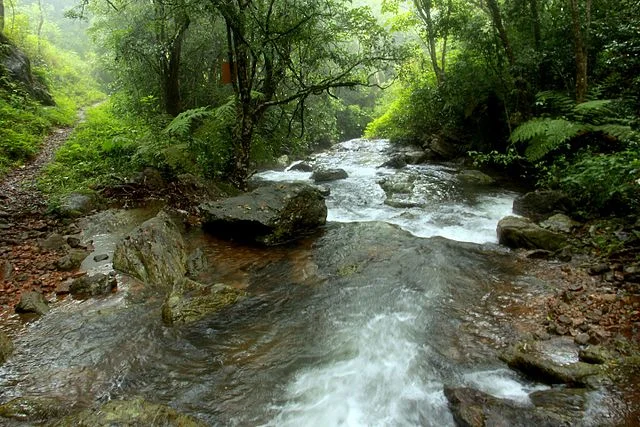The Brahmagiri archaeological site is a key excavation location in South India, located in present-day Karnataka. It lies near Chitradurga and has yielded significant findings that span several historical periods. The site provides insights into India’s early human settlements, including evidence from the Neolithic and Megalithic periods.
Get your dose of History via Email
Early Excavations and Findings

Mortimer Wheeler first excavated Brahmagiri in 1947. His work uncovered extensive remains that spanned the Neolithic to early historical periods, particularly from around 1000 BC to AD 300. The Neolithic remains consisted of stone tools, pottery, and evidence of early agriculture, including millet cultivation. The Megalithic findings revealed burial sites and stone monuments. Additionally, Wheeler discovered early Iron Age artifacts that suggest a gradual transition from stone to metal tools in the region.
Neolithic Settlement

The Neolithic layer, dated to around 1000 BC, represents one of the earliest known agricultural communities in southern India. Archaeologists found ash mounds, suggesting that the inhabitants burned cattle dung, likely in ritual practices. Tools made of polished stone, as well as evidence of millet and pulse farming, further illustrate the community’s subsistence strategy.
The Neolithic settlements also show a progression in pottery techniques. People used burnished and coarse ware, and some of the pottery included rudimentary decoration. These artifacts highlight the technological developments of the Neolithic period at Brahmagiri.
Megalithic Burial Practices

The Megalithic layer, dating from around 1200 BC to 300 BC, features stone burial monuments that are characteristic of South Indian Megalithic culture. Archaeologists discovered dolmens, cist burials, and urn burials, all of which indicate complex burial rituals. These burials contained grave goods such as pottery, iron weapons, and ornaments, which suggest that the people of this period believed in an afterlife.
The transition to the Iron Age at Brahmagiri is marked by the appearance of iron tools and weapons in burials, including spears, axes, and knives. The use of iron tools likely contributed to the development of more intensive agricultural practices and the clearing of forests.
Early Historic Period
Brahmagiri also offers evidence of early historic settlement, dating from around AD 100 to AD 300. This period saw the growth of trade and the emergence of small kingdoms in the Deccan region. Coins, beads, and pottery found at the site reflect increased economic activity and interactions with other regions. The presence of Roman coins indicates that Brahmagiri may have been part of long-distance trade routes.
Additionally, inscriptions found at the site are written in Brahmi script, further establishing the historical significance of the settlement. These inscriptions offer clues to the social and political structures of the time, marking Brahmagiri as a thriving settlement in ancient South India.
Conclusion
Brahmagiri archaeological site remains an important location for understanding early human settlement in South India. Its layers reveal a gradual progression from Neolithic agricultural communities to more complex societies during the Megalithic and early historic periods. Through its artifacts and burial practices, Brahmagiri provides valuable insights into the technological and cultural advancements of these ancient peoples.
Source:

